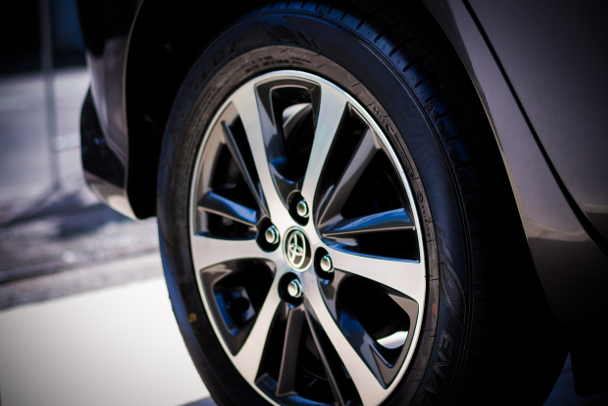 The coolness and comfort of your car mean nothing if its engine is substandard. It must propel the vehicle forward, tow, haul, and sound nice.
The coolness and comfort of your car mean nothing if its engine is substandard. It must propel the vehicle forward, tow, haul, and sound nice.
Toyota makes engines of several types, including specialty models. Which one is best for your Corolla, Camry, or RAV4? Read on to find out.
How Many Cylinders?
The more chambers burn your fuel — the more of it is required, and the more power is generated. The Toyota engines may have 4, 6, and 8 cylinders. If you need an economical option for your daily commute, 4 cylinders should suffice. For example, the 2020 Toyota Camry is equipped with this system. On the other hand, challenging tasks for the 2020 Toyota Tundra may require the power of all 8 cylinders.
How Many Liters?
This describes the engine size — i.e., the amount of air inhaled by the pistons. The more cylinders — the more liters. The Toyota range includes a 2.5-liter four-cylinder, a 3.5-liter V6, and a 5.7-liter V8. Focus on the power you need and choose the number of chambers accordingly. These may be positioned differently. Here are two examples.
1. Inline-Six Engine
In this engine, the cylinders are positioned in a straight line. This allows a more even distribution of power compared to adjacent positioning in a V configuration. Naturally, due to the design, the engine requires more space, but the benefits are considerable.
First, your vehicle is more economical, as horizontal motion is reduced. Secondly, it can achieve higher speeds. Thanks to the design and longer strokes, acceleration requires fewer RPMs. Currently, the model is only installed in the 2020 Toyota Supra. This is a unique and impressive system.
2. Mid-Engine
As a driver, you may be used to seeing all the parts of your engine under the hood at the front. With this model, the positioning is very different. It is installed toward the back — behind the passenger seats. This unorthodox system ensures a unique driving experience.
The largest parts of the engine are located at your vehicle’s rear. As a result, the weight is distributed differently: most of it is placed on the rear wheels. As a result, the vehicle is less likely to lose traction or spin out of control. Forward motion from the back is provided by a rear-wheel drive.
Vehicles with mid-range engines have less cargo space. Usually, these are two-seater models. On the other hand, the front part is shorter, and the driver can see the front wheels better. For example, the engine was used in Toyota MR2.
The Bottom Line
 To understand which engine is the best, start with your needs. What is your priority — power or fuel efficiency? Determine what kind of mileage and power to focus on. Generally, smaller engines with fewer cylinders are more economical.
To understand which engine is the best, start with your needs. What is your priority — power or fuel efficiency? Determine what kind of mileage and power to focus on. Generally, smaller engines with fewer cylinders are more economical.
Become a Harlem Insider!
By submitting this form, you are consenting to receive marketing emails from: Harlem World Magazine, 2521 1/2 west 42nd street, Los Angeles, CA, 90008, https://www.harlemworldmagazine.com. You can revoke your consent to receive emails at any time by using the SafeUnsubscribe® link, found at the bottom of every email. Emails are serviced by Constant Contact








